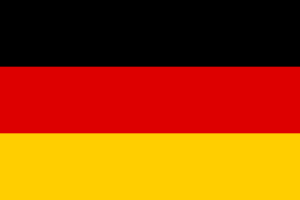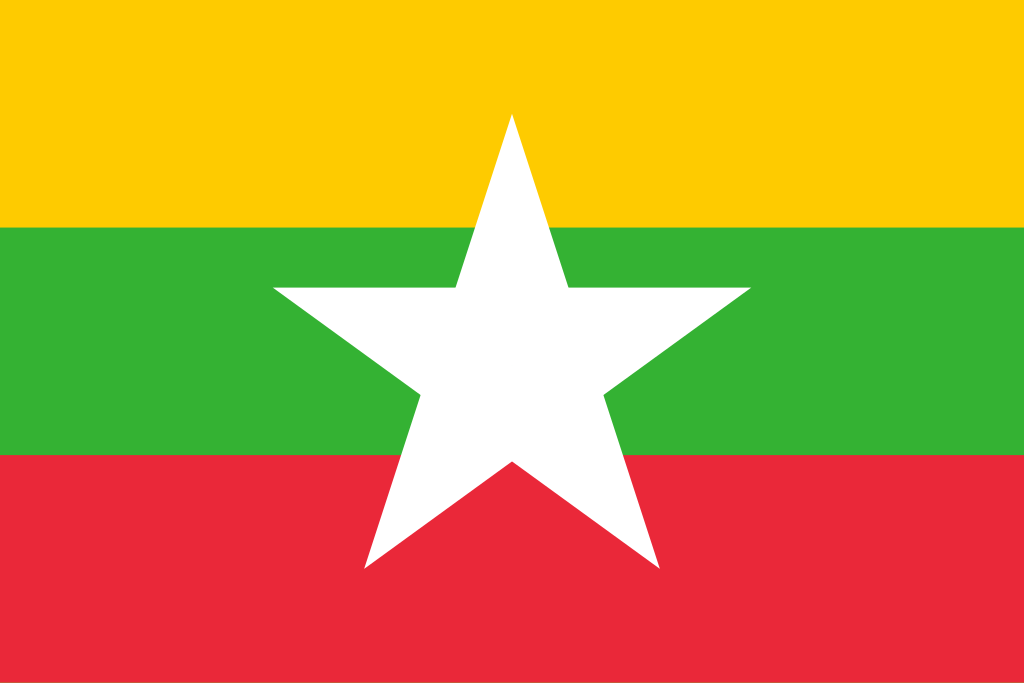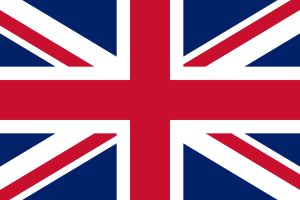How YouTube Subtitles Can Help You Reach a Global Audience
With over 2 billion active users, YouTube is one of the largest platforms in the world for sharing videos and connecting with audiences. People from all around the globe watch YouTube videos for information, entertainment, and learning. But here’s the challenge: YouTube viewers speak many different languages, which can limit your audience reach if your content is only in one language. This is where subtitles and automatic captions can make a huge difference. YouTube uses speech recognition technology to generate automatic captions, making it easier for content creators to reach a global audience. However, it’s important for creators to review and edit these captions for accuracy to ensure accessibility for a broader audience. Why Subtitles Matter on YouTube Breaking Language Barriers: Imagine creating a great video in English, but a potential viewer only speaks Spanish or Mandarin. If they can’t understand your video, they’ll likely move on. But with subtitles, you break down that language barrier, making it possible for anyone to enjoy your content, regardless of the language they speak. When you add subtitles, your videos can be understood by people worldwide, opening up a much larger audience base. Improving Accessibility for All: Subtitles aren’t just helpful for people who speak different languages. They’re also beneficial for viewers who are hard of hearing or deaf. By adding subtitles, you make sure everyone can access your content, including those who rely on visual text to understand spoken audio. Additionally, closed captions can be enabled and customized for better accessibility, allowing users to edit and enhance subtitles according to their needs. Better Viewing Experience: Many people prefer watching videos with subtitles, especially in noisy environments or places where they need to keep the volume down, like libraries, offices, or public transport. Subtitles can also improve comprehension since people are reading and hearing the information at the same time. This can help viewers retain more information and make them more likely to enjoy and share your content. Subtitles also allow viewers to watch videos without sound, particularly on mobile devices where many users prefer muted playback. Benefits of Subtitles for Growing Your Audience Increasing Your Reach to Non-English Speaking Viewers: While English is a widely spoken language, it’s only understood by about 1.5 billion people out of the world’s 8 billion population. That means most of the world doesn’t understand English. Adding subtitles in multiple languages, like Spanish, Hindi, or French, can increase the reach of your videos, allowing people from diverse linguistic backgrounds to understand and appreciate your content. Boosting Engagement and Retention: Studies show that videos with subtitles tend to hold viewers’ attention longer. When viewers can follow along with subtitles, they’re more likely to stay until the end. This increases the time people spend watching your video, which is a key factor in YouTube’s algorithm. The more engaged viewers are, the more YouTube will promote your video, leading to even more visibility. Additionally, video subtitles help viewers follow along, increasing engagement. Improving SEO and Searchability: YouTube is essentially the world’s second-largest search engine after Google. By adding subtitles, you’re helping YouTube understand the content of your video better. Subtitles provide YouTube with more data in the form of text, which improves your video’s chances of ranking higher in search results. More languages mean more chances to show up in different language search results, so your video can appear in searches made by people from all over the world. Subtitles make video content more accessible and searchable, enhancing its reach and effectiveness. How Subtitles Drive More Views and Subscribers Expanding Your Channel’s Reach Internationally: Let’s say you run a tech review channel and you add Spanish subtitles to your videos. Now, you’re not only attracting English-speaking viewers but also reaching tech enthusiasts from Spanish-speaking countries. With time, your channel can build a loyal audience outside your home country, leading to a more diverse and dedicated subscriber base. Adding subtitles to your own YouTube videos can significantly enhance accessibility and attract a global audience. Increasing Viewer Retention: On YouTube, viewer retention is crucial because it affects the algorithm’s recommendation. If a viewer can’t understand the language in a video, they’ll probably click away. But subtitles help keep viewers engaged, which can lead to higher retention rates. YouTube’s algorithm notices when people stay longer on your videos, which means your content has a better chance of getting recommended to other viewers. Subtitles also enhance the viewing experience for a particular video by providing essential information, especially when sound isn’t an option. Making Content Shareable Across Cultures: Content that is relatable and easy to understand has a better chance of being shared. By adding subtitles in multiple languages, you’re making your content more accessible to people across cultures. When viewers understand your video, they’re more likely to share it with friends, family, or on social media, increasing your chances of going viral and reaching an even larger audience. Practical Steps to Add Automatic Captions to Your YouTube Videos If you’re ready to start using subtitles to grow your audience, here are some practical steps to get you started: 1. Use YouTube’s Auto-Generated SubtitlesYouTube offers automatic subtitles in several languages, and it’s a good place to start if you’re new to adding subtitles. However, keep in mind that auto-generated subtitles aren’t always accurate, especially with accents or technical terms. So, it’s a good idea to review and edit them for accuracy before publishing. Additionally, you can use the auto sync feature to synchronize transcripts with spoken content, making the process easier and more accurate. 2. Add Subtitles ManuallyFor creators who want full control over their subtitles, you can upload your own subtitle file. It is important to choose the right caption files format to ensure compatibility and accessibility. This can be a time-consuming process, but it allows you to ensure accuracy. You can create a subtitle file in formats like .srt or .sbv and upload it directly to YouTube. This option is especially useful for creators who want to reach audiences in multiple
How YouTube Subtitles Can Help You Reach a Global Audience Read More »















